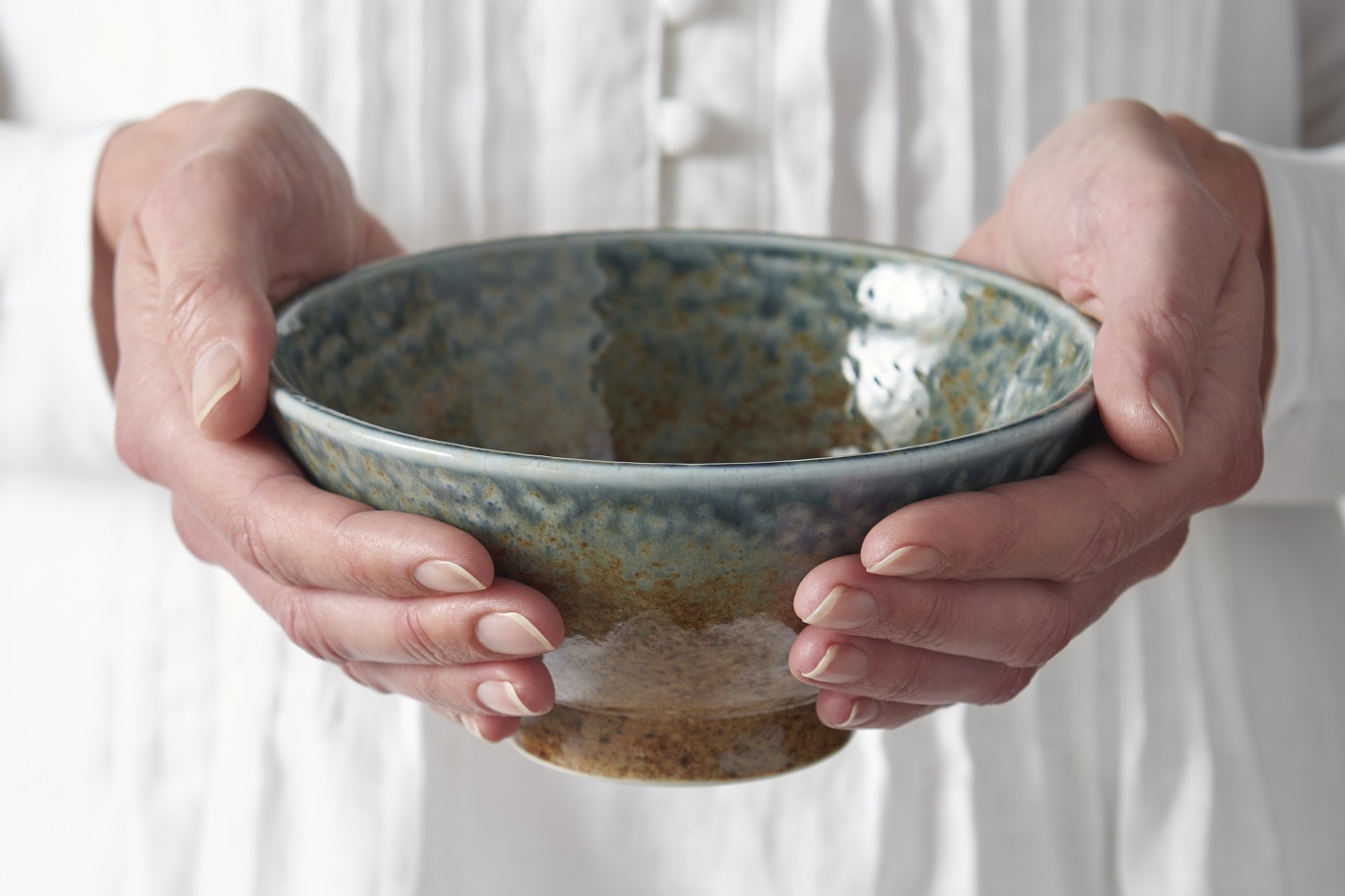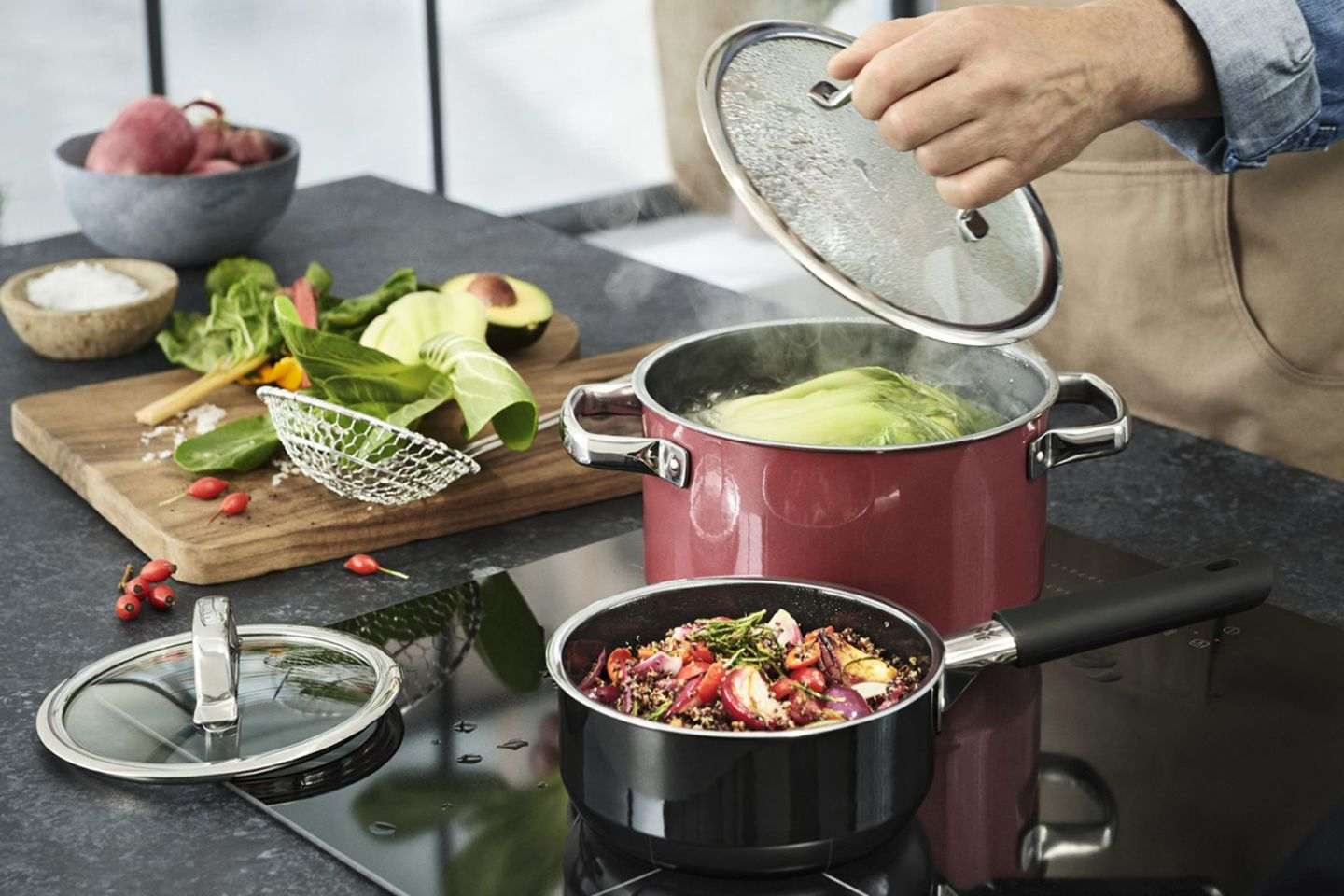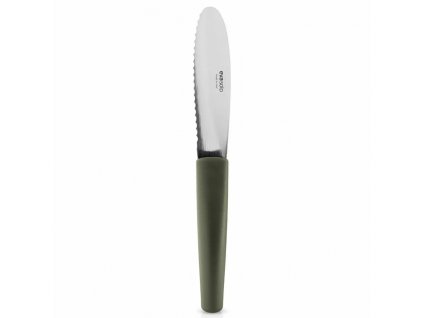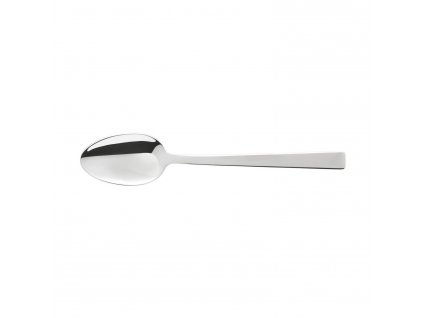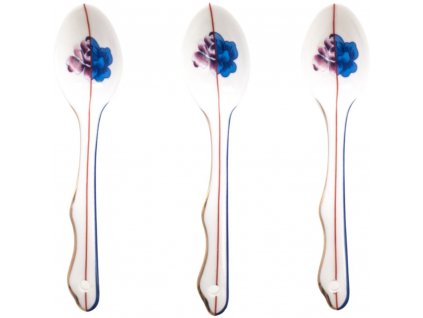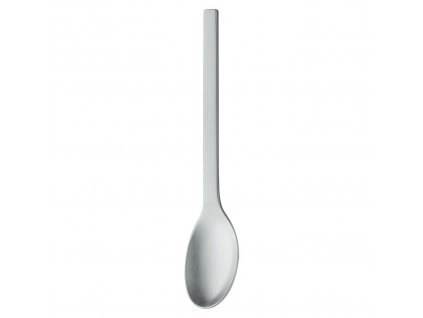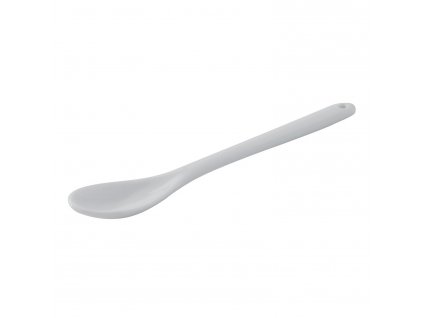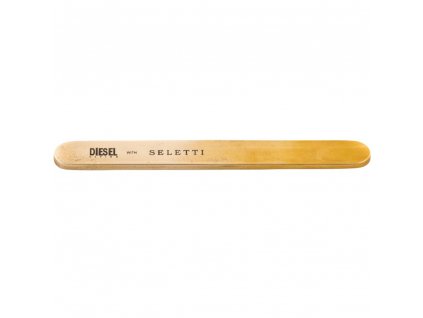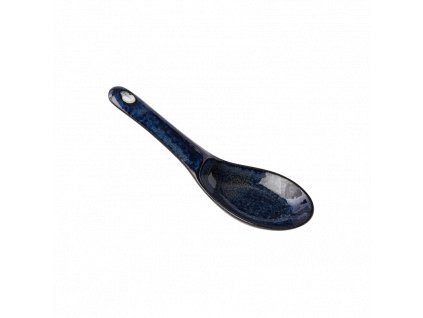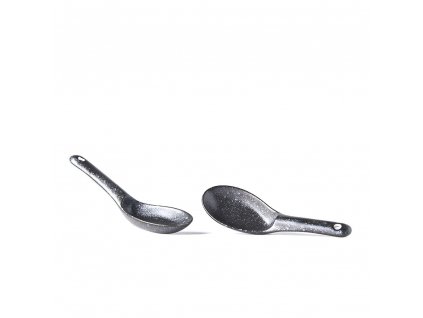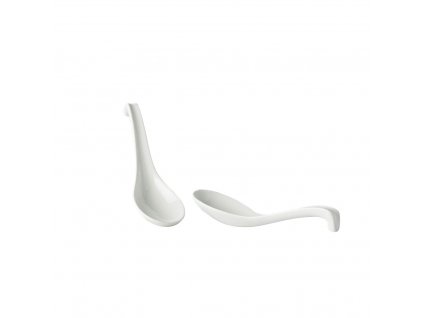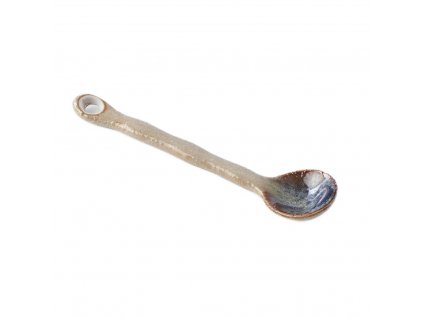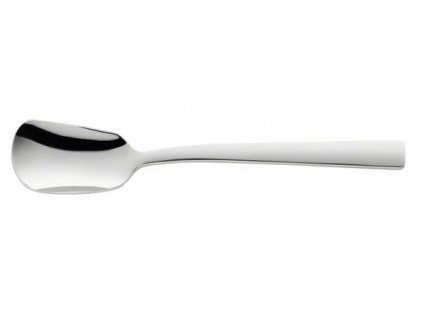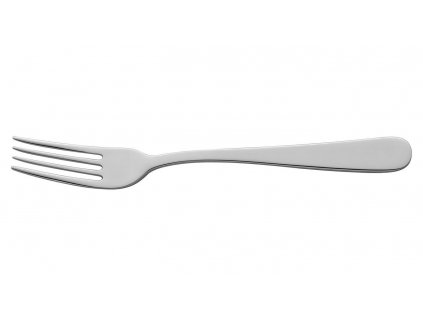Single cutlery – elevating your dining experience
There are only two of you? You don't need to buy the whole cutlery set or something from the set is missing? Check our collection of cutleries sold individually and buy the exact number of forks, spoons or knives that you need.
In Kulina you will find a wide selection of:
- tablespoons - including Japanese spoons, black spoons and glamorous gold soup spoons
- table forks - including black and gold forks
- table knives - including serrated blade knives, black and gold knives
- teaspoons - including also espresso and coffee spoons
How much cutlery do you need in a single household?
The amount of cutlery needed in a single household can vary based on several factors, including the number of family members, the frequency of entertaining guests, personal preferences, and cooking habits. However, a general guideline for a basic set of cutlery in a single household might include:
-
Dinner Knives: Around 4-6 dinner knives for everyday use.
-
Dinner Forks: Around 4-6 dinner forks for everyday use.
-
Dinner Spoons: Around 4-6 dinner spoons for everyday use.
-
Salad/Dessert Forks: Around 4-6 salad or dessert forks for lighter meals and desserts.
-
Teaspoons: Around 4-6 teaspoons for stirring coffee, tea, or desserts.
-
Steak Knives: If you frequently eat steak or other meats that require cutting, having a set of 4-6 steak knives or a set of steak cutlery could be beneficial.
-
Speciality Utensils: Depending on your cooking habits, you might also want a few speciality utensils like a serving spoon, serving fork, soup ladle, and butter knife.
-
Additional Extras: If you often entertain guests, consider having a few extra pieces of each type of cutlery to accommodate larger gatherings.
Remember that these numbers are just a starting point and can be adjusted based on your specific needs. It's always a good idea to consider your household's eating habits and how often you're willing to do dishes or run the dishwasher. Having a slightly larger set of cutlery can provide flexibility and convenience, especially during busy times.
Also, keep in mind that investing in quality cutlery can contribute to their longevity and overall dining experience. High-quality materials and craftsmanship can make a difference in how well the cutlery holds up over time.
How to care for your cutlery?
Caring for and maintaining cutlery is essential to ensure their longevity, functionality, and appearance. To keep your cutlery in good shape, it's important to adopt a few simple practices. First, hand wash your cutlery immediately after use with mild dish soap and warm water, then dry them thoroughly to prevent water spots and potential corrosion. Avoid using abrasive scouring pads or harsh chemicals that could damage the finish. Regularly polish your cutlery with a soft, non-abrasive cloth to maintain its shine. Store them in a proper cutlery tray or a knife block to prevent scratching, and ensure blades remain sharp by using a honing rod or sharpening stone periodically. For stainless steel cutlery, avoid prolonged exposure to acidic foods, as this can cause discolouration. By giving your cutlery the care and attention they deserve, you'll ensure they remain not only functional but also a stylish and reliable part of your dining experience for years to come.
.png)
